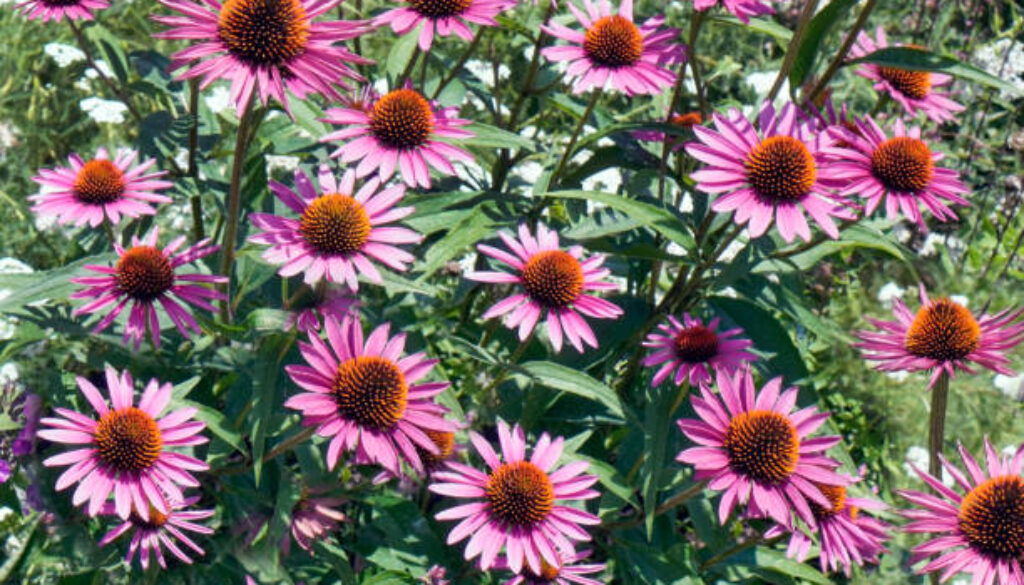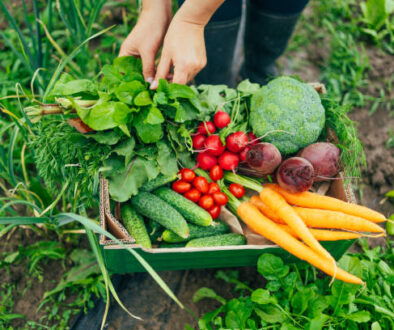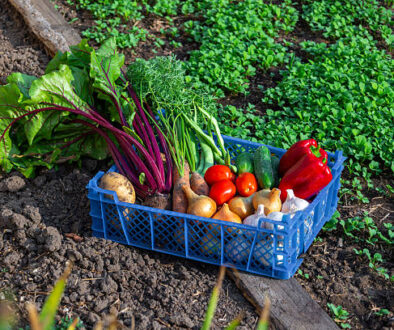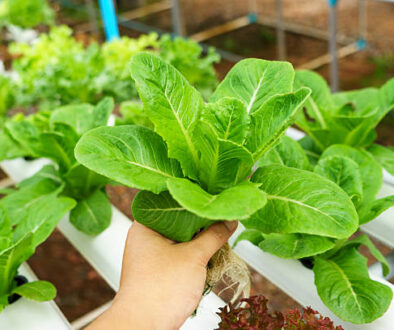Echinacea – The Most Powerful Immunity Plant You Should Grow
This post may contain paid and/or affiliate links. I may earn a small commission at no extra cost to you.
If you want to boost your health naturally, Echinacea is one of the best medicinal plants you can grow right at home.
It’s simple to care for, beautiful to look at, and it works as a strong support for your immune system.
Whether you already have a medical garden or you’re just starting to grow a few healing plants, Echinacea is a must-have.
Many people use it in teas, tinctures, and remedies, making it a trusted choice in any herbal medicine garden.
Growing it means you’ll always have a natural defense against colds, flu, and seasonal health troubles.
Why Echinacea Deserves a Spot in Your Garden
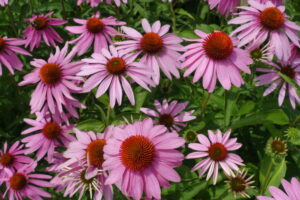
Echinacea, also called coneflower, is more than just a pretty plant with purple petals.
For centuries, people have used it as a natural remedy to support immunity and overall wellness.
It’s one of those plants that fits perfectly in a medicinal herbs garden, and the best part is that it’s easy to grow, even if you’re new to gardening.
Once it’s established, it thrives year after year, making it a reliable choice for anyone who wants fresh, natural remedies at home.
Related:
- The Most Important Plants That Are Probably Missing From Your Backyard (Medicinal Plants)
- Mistakes to Avoid When Growing a Medicinal Herb Garden
- How to Start a Medical Garden at Home for Natural Healing (Step-by-Step) Guide For Beginners
The Health Benefits of Echinacea
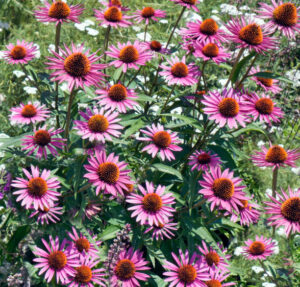
The main reason Echinacea is so popular is its role in strengthening the immune system.
Studies suggest that it may help reduce the severity and length of colds, while also easing symptoms like sore throat and congestion.
Beyond immunity, Echinacea has been linked to reducing inflammation, aiding wound healing, and even helping with skin concerns such as acne or minor infections.
Having it available in your healing herbs garden means you don’t have to rely solely on store-bought medicine when seasonal illnesses strike.
Growing Echinacea in Your Garden
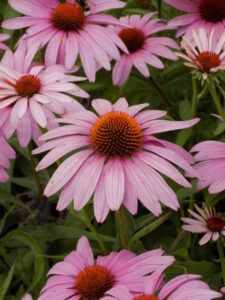
The good news is that Echinacea isn’t a difficult plant to grow.
It prefers full sun but can handle partial shade, and it’s not fussy about soil as long as it drains well.
Once planted, it doesn’t require constant care, making it a great fit for a busy lifestyle.
You can grow it from seeds or starter plants, and once it takes root, it will come back stronger every year.
With a little patience and water during dry spells, you’ll soon enjoy beautiful blooms and a steady supply of healing plants.
Harvesting and Using Echinacea
When it comes to using Echinacea, you can harvest the roots, leaves, and flowers, depending on what you want to make.
Many people dry the leaves and flowers to brew into tea, while the roots are often used in tinctures.
A soothing tea made from Echinacea can help calm your system during flu season, while tinctures can be stored longer and used as needed.
If you have a medicinal herbs garden, keeping Echinacea on hand gives you options for natural care that can be used year-round.
Echinacea in a Healing Herbs Garden
If you’re building a dedicated herbal medicine garden, Echinacea should be one of the first plants on your list.
Its powerful benefits, combined with its low-maintenance nature, make it a standout.
Not only does it provide natural support for your health, but it also adds beauty to your garden with its bright, daisy-like flowers.
Pairing it with other medicinal plants like chamomile, mint, or lemon balm can create a well-rounded garden that’s both functional and enjoyable to care for.
Companion Planting with Echinacea
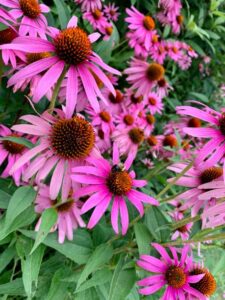
Echinacea also works well in garden companion planting.
Because it attracts pollinators like bees and butterflies, it helps other plants nearby thrive.
Growing it next to vegetables or other herbs can increase your garden’s overall productivity.
And, its tall blooms add color and variety, making your space both useful and beautiful.
By combining it with other healing plants, you create a balanced garden that supports both your health and the environment.
Making Echinacea Part of Your Daily Life
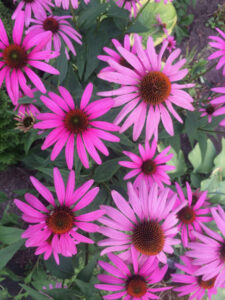
Growing Echinacea is just the beginning—the real joy comes from using it.
Whether you prepare a cup of fresh tea when you feel run down or keep tinctures ready in your cabinet, this plant makes wellness more accessible.
It’s a reminder that simple, natural remedies can be just as effective as store-bought options.
With a little effort, you can turn your herbal medicine garden into a personal supply of remedies that support your body throughout the year.
Conclusion
Echinacea is more than just a flower, it’s one of the most powerful medicinal plants you can grow at home.
From boosting your immunity to supporting healing, it deserves a place in every medicinal herb garden.
Easy to grow, versatile to use, and beautiful in any space, Echinacea is a must-have for anyone interested in natural wellness.
By planting it alongside other healing plants, you’ll create a garden that not only nourishes your health but also adds beauty and life to your surroundings.
FAQs
- How long does it take for Echinacea to grow?
Echinacea takes a bit of patience. If you start from seeds, it may take a year or more before the plants bloom. However, once established, they return every year and bloom throughout the summer. Starting with young plants from a nursery can speed up the process. - Can I use Echinacea every day?
Most people use Echinacea for short periods, especially during cold and flu season. It’s generally safe for daily use for a few weeks at a time, but it’s best to take breaks rather than use it continuously all year. If you have health conditions or take medication, it’s wise to check with your doctor first. - Is Echinacea safe for children?
Echinacea is often used for children, especially in tea form, but doses should be smaller than for adults. Always consult a healthcare professional before giving herbal remedies to children, as their needs can be different.
4. Do I need to harvest Echinacea roots, or can I just use the flowers?
Both parts of the plant are useful. The flowers and leaves are easier to harvest and are often used for teas. The roots contain concentrated compounds and are commonly used in tinctures. Depending on your needs, you can use one or both to make effective remedies.
